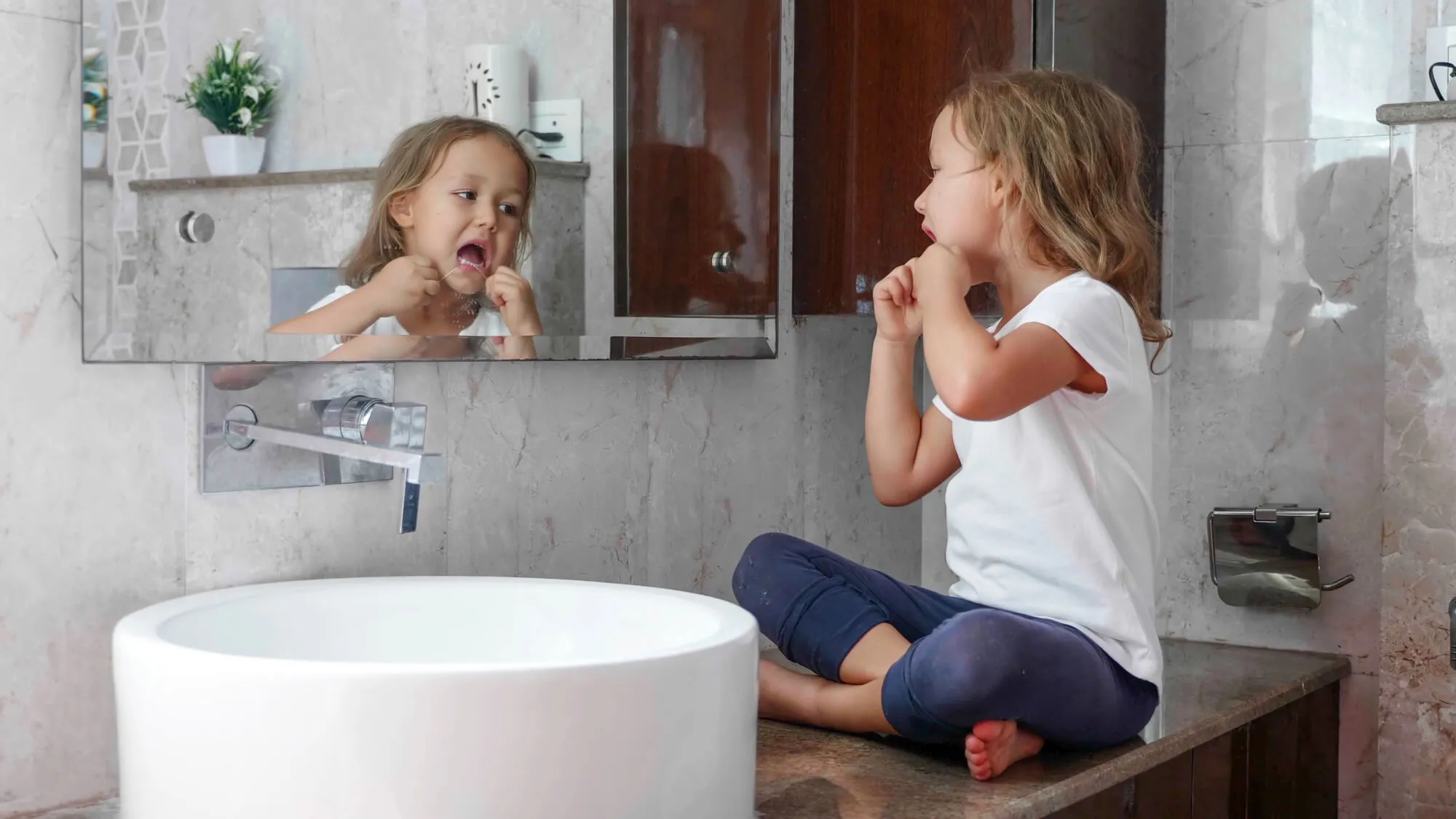
Why You Should Floss Your Child’s Teeth (And How)
Does your child brush every day but still struggle with cavities between their teeth? Flossing is often the missing piece. Even with great brushing habits, those tight spaces between little teeth can trap food and plaque. If you’ve searched for a pediatric dental clinic near you hoping for answers, you're not alone. Here's why flossing matters—even for baby teeth—and how to make it easier for both of you.

Why Flossing Is Just as Important as Brushing
Many parents assume flossing can wait until kids are older. But as soon as teeth start to touch, they create spots where a toothbrush can’t reach. That’s where floss comes in.
Baby Teeth Need Protection Too
Baby teeth may not stick around forever, but they serve an important purpose while they’re here. They help with speech development, chewing, and guiding adult teeth into place. Cavities between these teeth can cause pain and affect how permanent teeth develop.
Flossing helps prevent decay between teeth, where bacteria like to hide. Without flossing, even kids with strong brushing habits can develop plaque in these areas.
Brushing Can’t Reach Everything
Toothbrush bristles are too large to clean the tiny grooves between teeth. Floss physically removes trapped food and sticky plaque that brushing alone can’t get to. Once plaque hardens into tartar, it can’t be removed at home.
Regular flossing keeps those tight spaces clean, reducing the risk of gum inflammation and decay before it starts.
Flossing Techniques for Kids: What Works?
Starting early helps build habits that stick. But it also makes flossing feel routine, less of a struggle, and more of a normal part of getting ready for bed.
When to Start Flossing
Begin as soon as any two teeth touch. For some children, this can happen as early as age two. You can use soft floss, floss picks, or pre-threaded flossers made for small mouths. Flossing once a day is enough. Nighttime is usually best, when food particles have built up throughout the day.
How to Floss a Child’s Teeth
If your child is young, you’ll need to do the flossing for them. Gently wrap the floss around your fingers or use a floss pick. Slide it between two teeth, hug the side of each tooth with a C-shape, and move it up and down. Don’t snap the floss into the gums. It should be gentle.
If your child is older, let them try while you guide them. Encourage good technique rather than speed.
Make It Fun and Consistent
Sing a short song while flossing or let your child choose a fun-colored flosser. Build flossing into your child’s nightly routine, just like reading a bedtime story. The more consistent it is, the easier it becomes.
Some children may resist at first. Be patient. Gentle encouragement works better than pressure.

Finding a Pediatric Dental Clinic Near You That Supports Healthy Habits
Flossing isn’t just a home routine; it’s part of the care plan we support at our clinic. At HumbleBees Pediatric Dentistry, we help families learn how to care for growing smiles. Our team takes the time to show kids (and parents) how to floss the right way, answer your questions, and make dental care feel simple and not scary.
If you’ve been typing “pediatric dental clinic near me” into search bars, hoping to find one that truly understands kids, we’d love to welcome you to our hive. Visit HumbleBees Pediatric Dentistry to learn how we make flossing part of a happy, healthy routine. Book your child’s appointment today, and let’s care for those little smiles together.
Related Posts

5 Signs Your Child Might Need Early Orthodontic Evaluation

Why Some Baby Teeth Need to Be Removed Sooner Than Expected

Myths and Facts about Dental Sedation in Children

